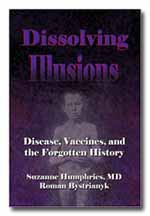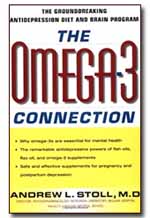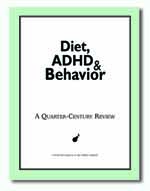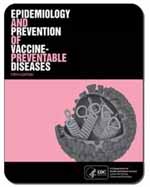by Jane Hersey, 2022
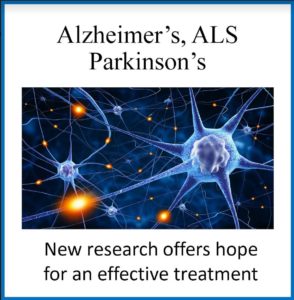 Alzheimer’s disease was first recognized in 1906, and for decades the pharmaceutical industry has been searching for a drug that would prevent and/or treat it. But after decades of effort and billions of dollars, there have been no solutions … until now.
Alzheimer’s disease was first recognized in 1906, and for decades the pharmaceutical industry has been searching for a drug that would prevent and/or treat it. But after decades of effort and billions of dollars, there have been no solutions … until now.
Paul Cox is an ethnobotanist, someone who studies the plants of a region and the way they are used in the culture of that region. Cox spent a great deal of time on the islands of Polynesia and was well acquainted with the people and their customs. In studying the Chamorro people, the native population of Guam, he noticed that one person in four showed symptoms of both Alzheimer’s disease and ALS (amyotrophic lateral sclerosis, better known as Lou Gehrig’s disease).
It now appears that beta-amyloid fragments, found in the brains
of Alzheimer’s patients, are not a cause of the disease, as
scientists had long believed, but a symptom.
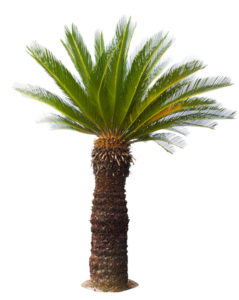 A favorite delicacy of the Chamorro is a species of bat which feeds on the seeds of local cycad trees. The seeds contain a toxin referred to as BMAA (β-methylamino-L-alanine) which has been found to kill nerve cells. The toxin accumulates in the bat and is passed on to the unsuspecting diner.
A favorite delicacy of the Chamorro is a species of bat which feeds on the seeds of local cycad trees. The seeds contain a toxin referred to as BMAA (β-methylamino-L-alanine) which has been found to kill nerve cells. The toxin accumulates in the bat and is passed on to the unsuspecting diner.
How did that happen? The roots of the cycad trees absorb blue-green algae (cyanobacteria) which has high amounts of toxins including BMAA. Cox’s detective work attracted scientists of many disciplines who saw that the algae has increased in oceans and lakes around the world. They believe that the incidence of Alzheimer’s and related neurological diseases such as Parkinson’s may be traced to polluted bodies of water.
What is the cause of the toxic algae blooms?
Likely sources are industrial and agricultural pollutants.
The researchers were able to identify a naturally occurring amino acid in the brain, L-serine, that is especially vulnerable to damage from BMAA. L-serine is available as a supplement and has been approved by the FDA as safe.
Cox visited Ogami, an isolated village in the northern part of Okinawa. It is famous for the robust health and longevity of the 4,000 people who live there. This population does not suffer from neurological damage such as Alzheimer’s, ALS and Parkinson’s, and many people have tried to find an explanation. A close look at their diet revealed that it contains four times as much L-serine as the typical American diet.
Can L-serine, an inexpensive amino acid supplement,
help protect the brain from the toxic BMAA?
In the past few years there has been promising research on L-serine.(1,2,3,4) Paul Cox and his team have just published their findings using this amino acid. It appears in the February 2022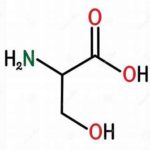 issue of Proceedings of the Royal Society B. They sum up their work:
issue of Proceedings of the Royal Society B. They sum up their work:
“These findings indicate that while chronic exposure to the environmental toxin can trigger neurodegeneration in vulnerable individuals, increasing the amount of L-serine in the diet can reduce the risk.”
References:
- Impairment of Glycolysis-Derived l-Serine Production in Astrocytes Contributes to Cognitive Deficits in Alzheimer’s Disease. LeDouce, et al., Cell Metab, Mar 2020
- L-serine Synthesis via the Phosphorylated Pathway in Humans. Murtas G, L.Cell Mol Life Sci. Dec 2020
- L-Serine: a Naturally-Occurring Amino Acid with Therapeutic Potential. Metcalf JS, Neurotox Res. Jan 2018 Jan
- Mechanisms of L-Serine-Mediated Neuroprotection Include Selective Activation of Lysosomal Cathepsins B and L. Dunlop RA, & Carney JM. Neurotox Res. Feb 2021
The authors write, “L-serine is a naturally occurring dietary amino acid that has recently received renewed attention as a potential therapy for the treatment of amyotrophic lateral sclerosis (ALS), Alzheimer’s disease (AD), hereditary sensory autonomic neuropathy …”







